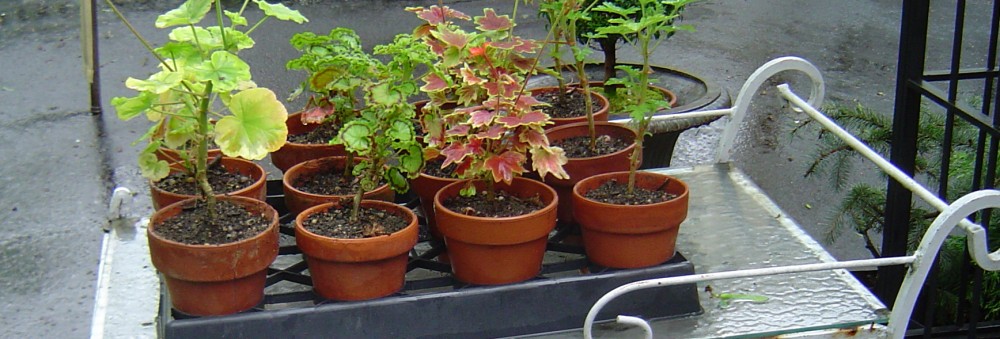In the past couple of weeks, we’ve been blessed with some gorgeous spring weather. It’s such a joy to commence the seasonal chores in the garden when the sun is shining and the temperature is Goldilocks perfect – not too hot or too cold. It’s only when I’m reminded of the date that I’m pulled out of my state of contentment to face the fact that everything is happening too early. Climate change is definitively afoot.
Every chore accomplished lately is at the very least 2 weeks ahead of schedule. My notes from past years tell me so. Even the avian house hunting season is well underway. That typically happens only in April. As a result I’m making sure the birdbath is frequently replenished with water. I’m also considering advancing the week the hummingbird feeders get put out.
Its been a very dry winter and lately, there’ve been days when the wind has been strong. The earth is parched and there’s no telling if or when the water table will rise sufficiently to set our minds at ease. It’ll be interesting to see which plants prove resilient and which ones struggle or succumb to the new conditions.
In the last couple of years, I’ve noticed a significant reduction in the number and variety of birds, butterflies and bees in my garden. It has been positively disheartening. There have been moments when I’ve felt very discouraged because my best attempts have seemed inadequate. Am I making any difference at all? And it is so utterly frustrating to see how abysmal the response is from those who should, by now, know and do better. In my neighborhood alone, it appears the climate crisis has hardly changed the way most homeowners are tending their land.
I’ve spent a good amount of time fretting about climate change. Its impact will be global but one can only act local. And I’m resolved to keep doing the right thing.
It is time to see these changing times as a challenge to garden not just better but different. On my part, I see this as a learning period – how to garden in what will ostensibly be a different growing Zone altogether. A dryer, warmer climate I imagine. From Zone 6 to 7 in the near future? This could mean saying adieu to some cold loving favorites but it’s yet to be seen which ones specifically. For the time being, it might just result in earlier, shorter springs and longer summers. Milder falls and winters. This also implies that I could try growing plants that wouldn’t take to Zone 6 at all but 7 would work. Crepe myrtles and certain gorgeous camellias come to mind.
With new conditions, what we consider native will also change.The scientist in me is intrigued by the possible experiments. And the artist in me must design anew. All is not hopeless!
All the native plants in my garden should be fine for the present but I’m concerned about the native fauna. So I’m adding not only birdhouses but bee houses to attract some of our myriad native bees. They’re mostly solitary and sting free.
Given that water will become a growing scarcity, I’m going to start researching gravel gardens. As I’d mentioned last week, this year I’m experimenting with Eco-Grass offered by Prairie Moon Nursery in my tiny front ‘lawn’ . It is a hardy grass that sends deep roots into the earth and requires less watering. Zone 6 could be a bit cold for this variety but, I’m taking my chances. That’s what experiments are all about after all.
I’m predicting that this year will be quite instructive to all who tend to the land. And together, we will adapt and change as needed. No stick in the mud in our lot! Am I right?
Some images from what’s happening in the garden and glimpses into the greenhouse – –















(c) 2023 Shobha Vanchiswar
[do_widget “Blog Subscriptions (Jetpack)”][do_widget “Blog Subscriptions (Jetpack)”]

















































